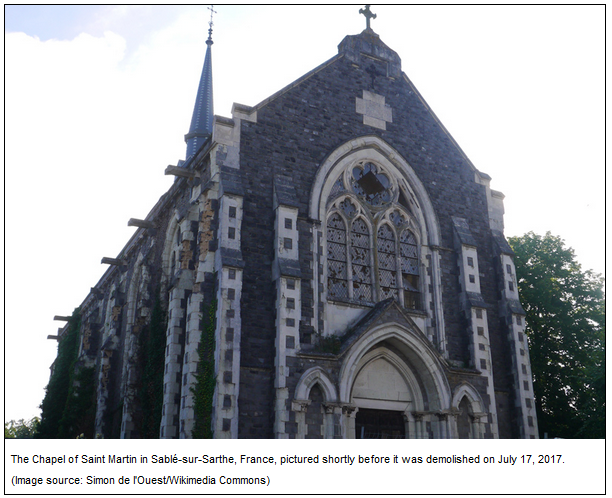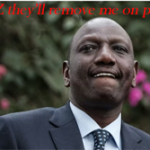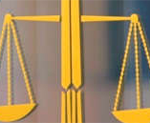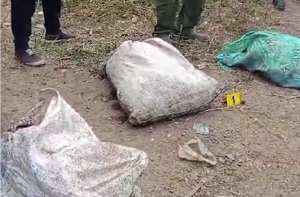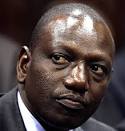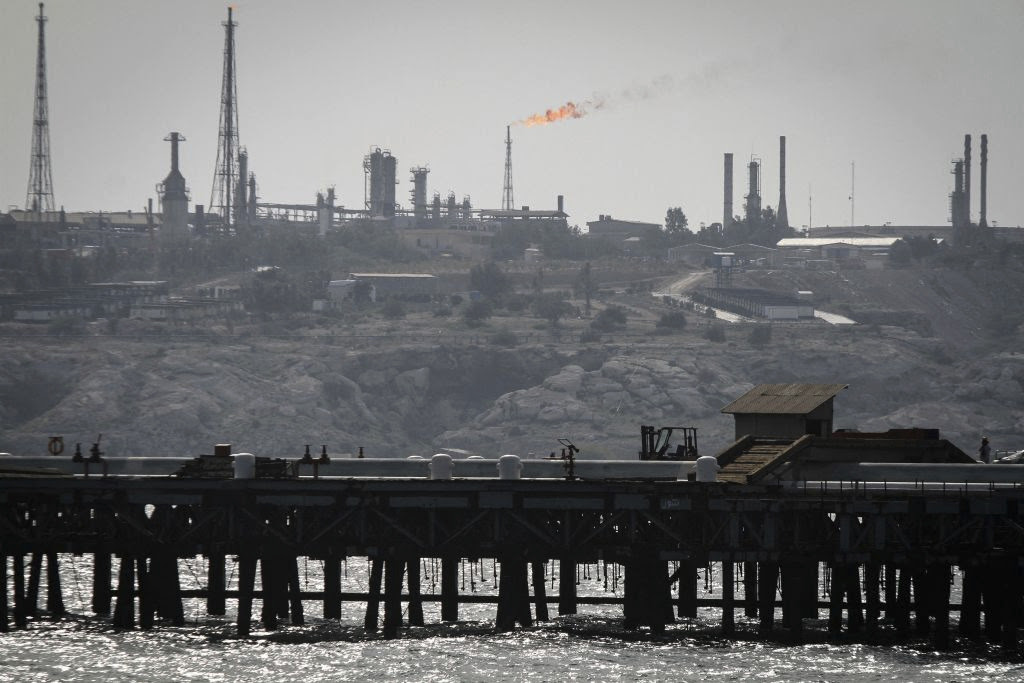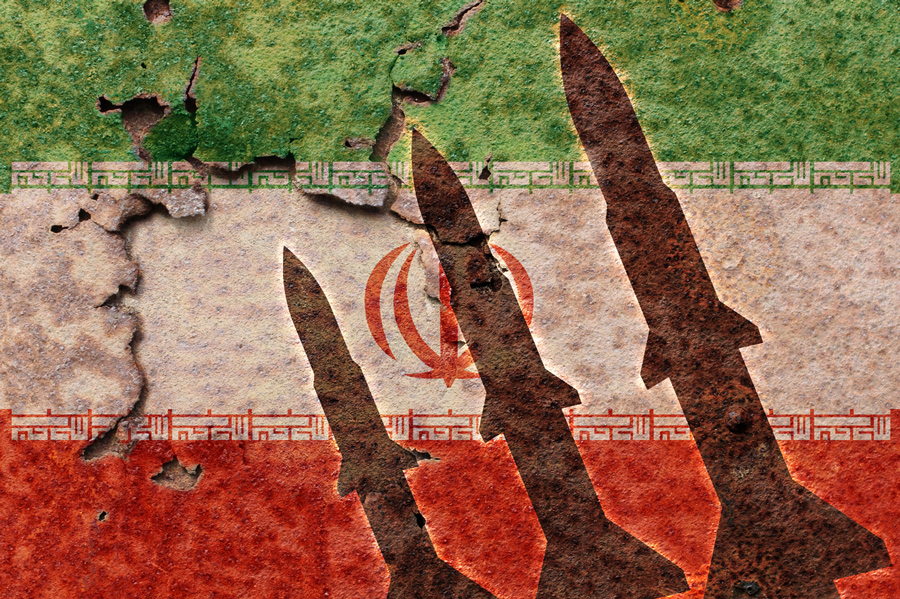“France is not a random space… fifteen centuries of history and geography determined its personality. Inscribed in the depths of our landscape, the churches, the cathedrals and other places of pilgrimage give meaning and form to our patriotism. Let us demand our civil authorities to respect it”. Two years ago, the French journalist Denis Tillinac promoted this appeal, signed by dozens of French personalities, after some French imams requested the conversion of abandoned churches into mosques.
A year later, terrorists who pledged allegiance to the Islamic State assaulted the Catholic parishioners in the church of Saint-Étienne-du-Rouvray, murdering an elderly priest, Father Jacques Hamel, at the foot of the altar. An outpouring of great emotion followed the most serious attack on a Christian symbol in Europe since the Second World War.
After that attack, the French authorities prevented many Islamist plots against the Notre Dame Cathedral in Paris. Last June, police shot a Muslim man outside the cathedral after he tried to attack them with a hammer. Another terror cell of French women, guided by Islamic State commanders in Syria, had previously been foiled before they could attack Notre Dame. France’s most famous Catholic house of worship is a prime target for the jihadists. A t the same time, France has been dismissing the religious and cultural heritage of France’s Catholic patrimony, which, in a time of religious clashes and revival, should instead be protected as treasures and sources of strength.
Last month, around the time of the first anniversary of the murder of Father Hamel, a wrecking crew demolished the famed Chapel of Saint Martin in Sablé-sur-Sarthe, built in 1880-1886 and deconsecrated in 2015. A parking lot will replace the old Christian building. Photographs and videos posted on social networks, in scenes reminiscent of ISIS’ vandalism of churches in Mosul, show the cross being ripped from the church and the church destroyed. A few days earlier, in Rouen, not far from where Father Hamel had been killed, the local authorities ordered the destruction of the Saint-Nicaise Church’s presbytery, for “safety reasons“.
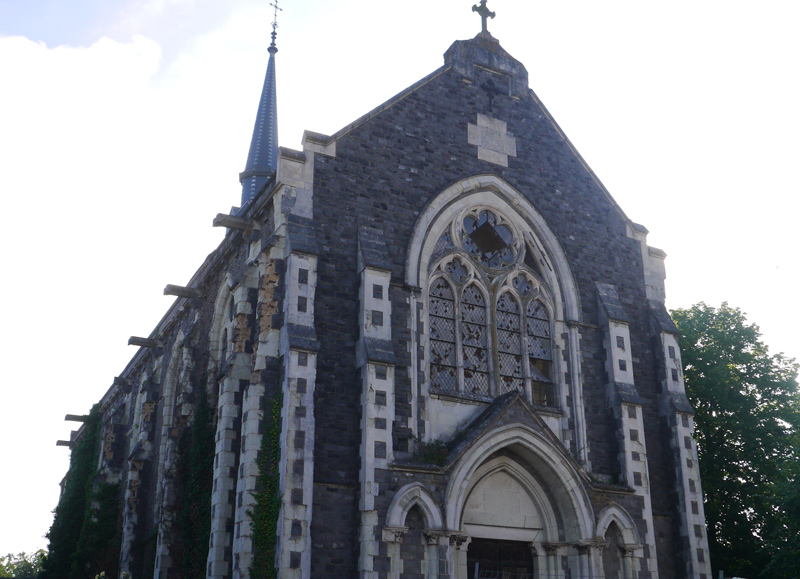 The Chapel of Saint Martin in Sablé-sur-Sarthe, France, pictured shortly before it was demolished on July 17, 2017. (Image source: Simon de l’Ouest/Wikimedia Commons) The Chapel of Saint Martin in Sablé-sur-Sarthe, France, pictured shortly before it was demolished on July 17, 2017. (Image source: Simon de l’Ouest/Wikimedia Commons) |
In 1907, the French state appropriated all church property, and now an increasing numbers of local authorities are deciding they cannot or will not renovate their churches. French mayors call this process “deconstruction“.
The year of Father Hamel’s martyrdom, France was very busy demolishing churches. The Patrimoine-en-blog website, a platform providing a regular inventory of demolished churches, reports seven demolished churches in France in 2016 alone, and two in the first half of 2017. Along with these destroyed Christian buildings, 26 churches were put up for sale in 2016, and 12 churches were listed for sale in 2015. In 2017, many churches were converted to offices, apartments, “entertainment centers”, gyms and art galleries.
The picture is not promising for French Catholicism:
“Over the past two years, Christian associations have sold nearly 40 churches throughout the country, at prices ranging from 100,000 to 400,000 euros. Twenty-seven other churches have been demolished. According to the Catholic Church, more than 1,000 churches are to be sold or demolished throughout France”.
According to a report from the Observatory of Religious Heritage, presented at the French Senate, France could lose “5,000 to 10,000 religious buildings by 2030”. Every year, 20 churches are sold and converted in France. The art historian Didier Rykner, who runs La Tribune de l’Art, said that “not since the Second World War have we seen churches reduced to rubble”.
These authorities and mayors, so lenient when it comes to presenting economic reasons for destroying churches, are always generous when it comes to mosques. “Nearly 2,400 mosques today, compared to 1,500 in 2003, is the most visible sign of the rapid growth of Islam in France, a consequence of a population of immigrant origin and the process of strong re-Islamization”, noted an report by the magazine Valeurs Actuelles.
When it comes to Islam, neutrality is abandoned. For example, “the municipality of Évreux voted for the provision of 5000 square-meters of land, for one symbolic euro, for the project of the Union of the Muslim Faith”. The author and journalist Élisabeth Schemla detailed how French mayors have become “builders of mosques”. This is how, in the last 30 years, more mosques and Muslim prayer centers have been built in France than all the Catholic churches built in the last century.
The Church of Santa Rita used to stand in the fifteenth arrondissement of Paris. A few weeks after Father Hamel was assassinated by the Islamic terrorists, the French police cleared the church. It is now a parking lot. Police dragged out the priests by their legs as a Mass was being celebrated. “When France is moved by the martyrdom of Jacques Hamel and [then Prime Minister] Manuel Valls speaks of financing mosques and training imams, we do not understand that churches are abandoned to their sad fate and demolished”, Eloise Lenesley wrote at the time in Le Figaro.
In France, there are laws protecting old trees from indiscriminate cutting. But the state is free to flatten old Christian churches. The vacuums created in the French landscape are already being filled by the booming mosques.
Cowardly French authorities would never treat Islam as they are now treating Christianity. Marine Le Pen pointedly asked: “What if we built parking lots on top of Salafist mosques, instead of our churches?”
Giulio Meotti, Cultural Editor for Il Foglio, is an Italian journalist and author.







